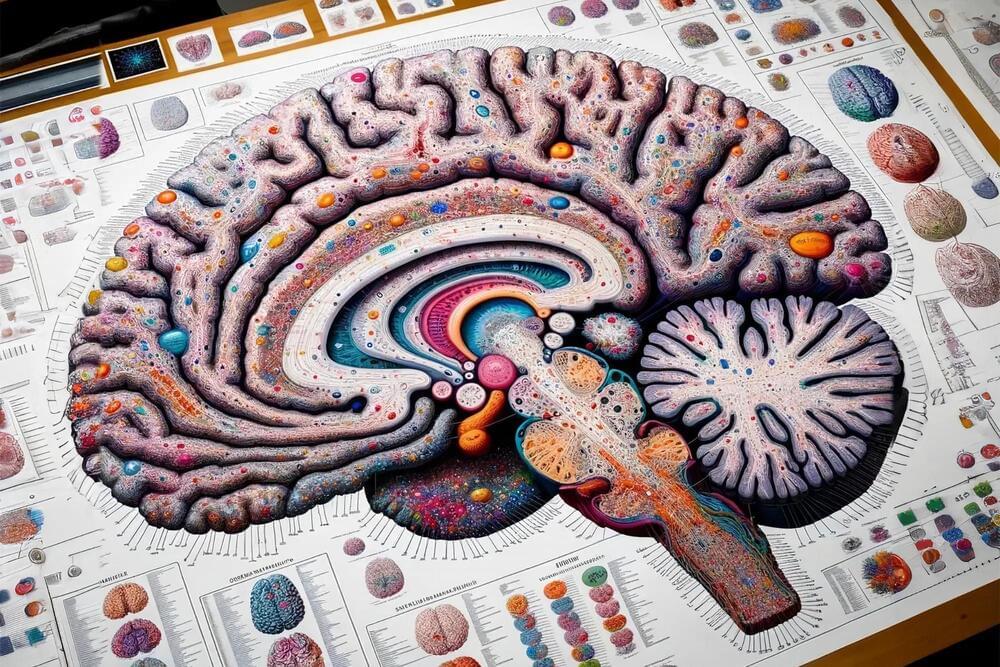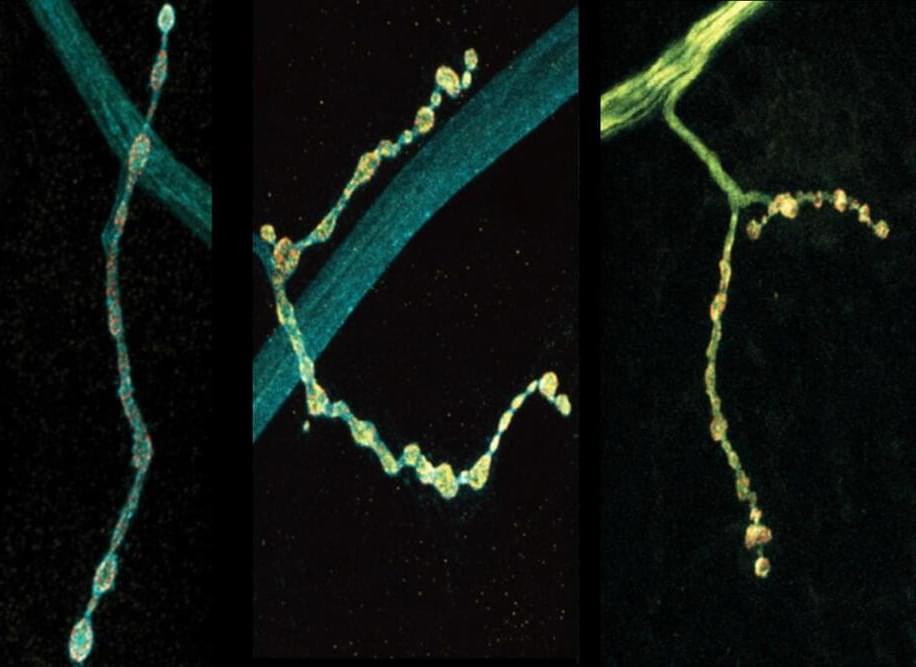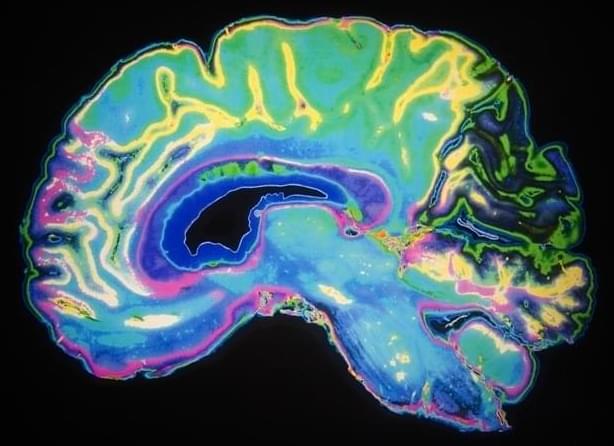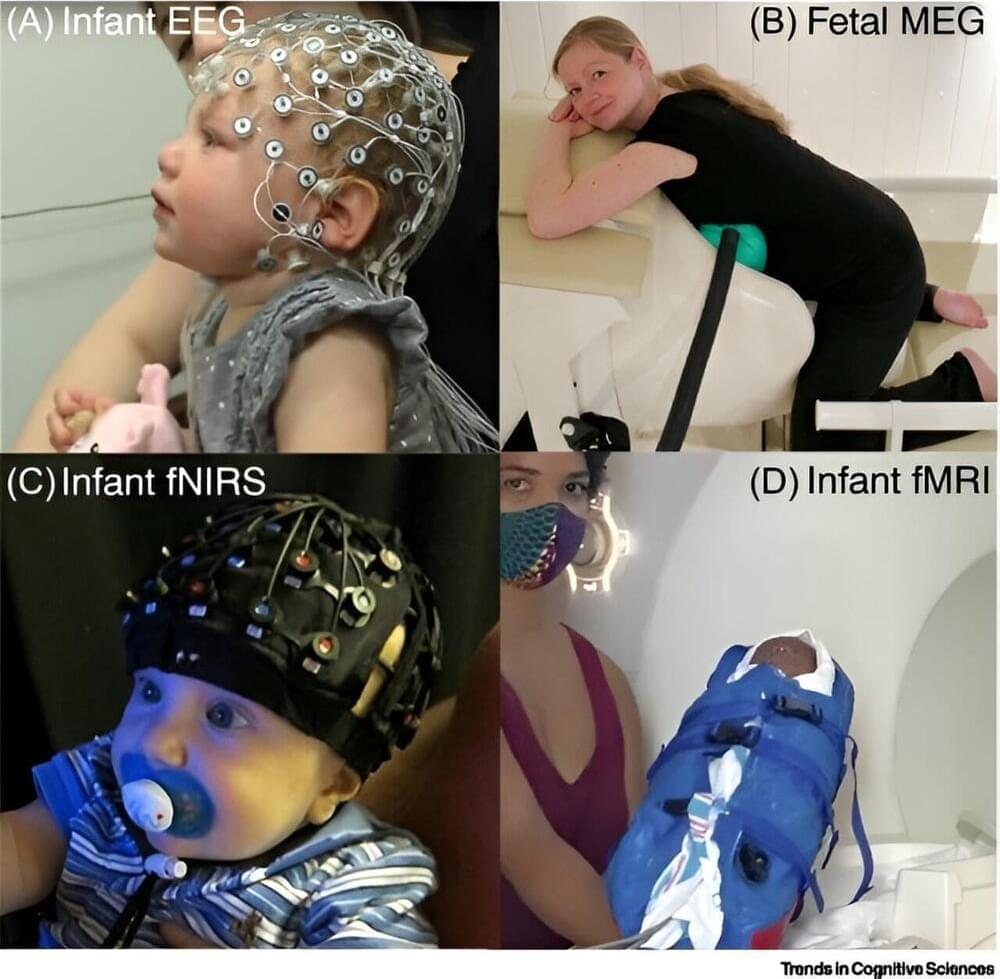Full episode with Joscha Bach (Jun 2020): https://www.youtube.com/watch?v=P-2P3MSZrBM
Clips channel (Lex Clips): https://www.youtube.com/lexclips.
Main channel (Lex Fridman): https://www.youtube.com/lexfridman.
(more links below)
Podcast full episodes playlist:
Podcasts clips playlist:
Podcast website:
https://lexfridman.com/ai.
Podcast on Apple Podcasts (iTunes):
https://apple.co/2lwqZIr.
Podcast on Spotify:






